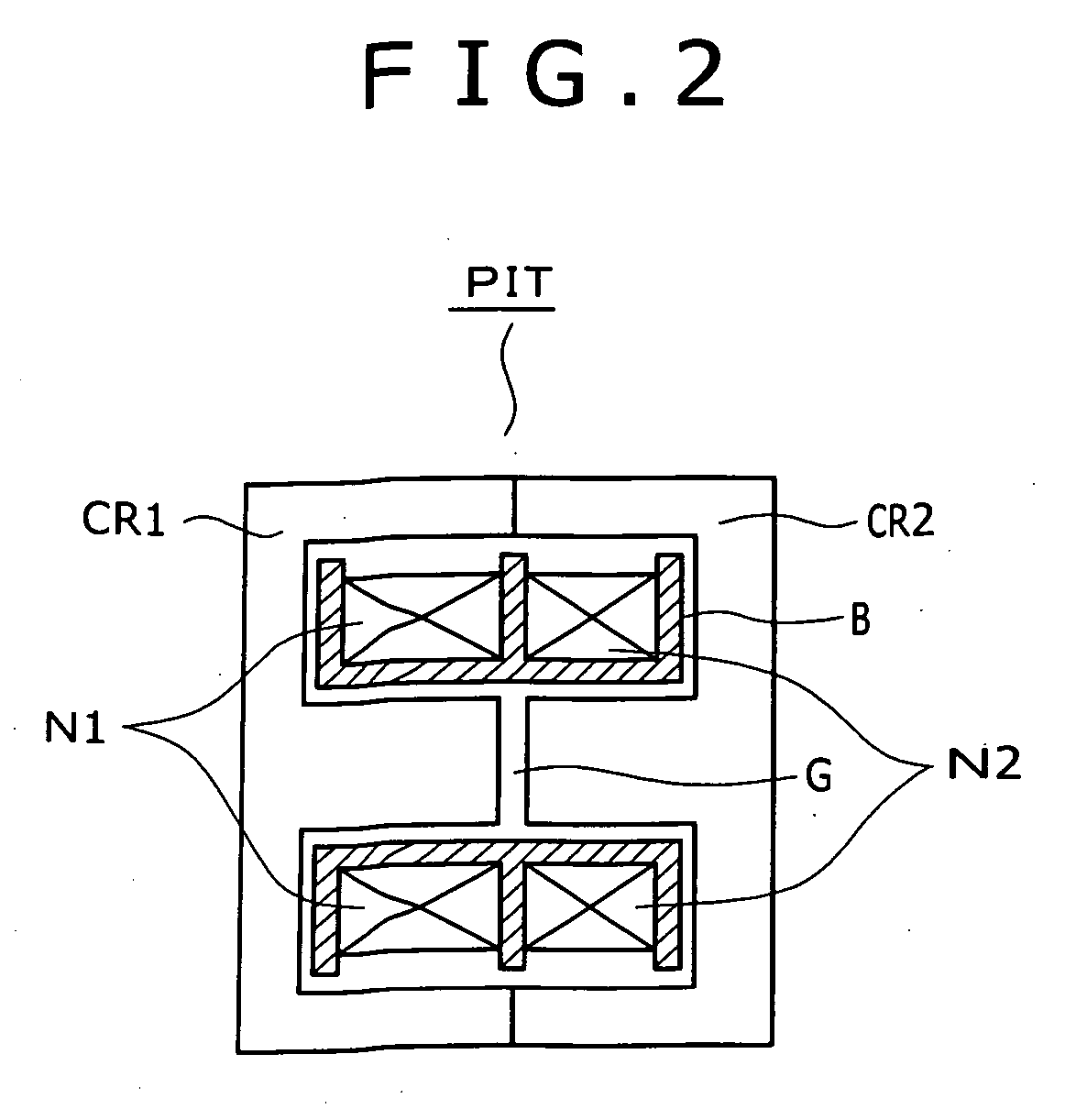Switching power supply circuit
ircuit technology, applied in the field of switching power supply circuits, can solve the problems of significant decrease of power conversion efficiency, difficulty in obtaining the saturation state, and breakdown voltage associated with putting voltage resonant converters into practical use, so as to improve the performance of parts elements, reduce cost, and enhance the reliability of a power supply circuit
- Summary
- Abstract
- Description
- Claims
- Application Information
AI Technical Summary
Benefits of technology
Problems solved by technology
Method used
Image
Examples
first embodiment
[0079]FIG. 1 is a circuit diagram illustrating a configuration example of a power supply circuit according to the present invention, as one of best modes (embodiments) for carrying out the invention. The power supply circuit in FIG. 1 includes, as its basic configuration, a single-ended voltage resonant switching converter.
[0080] In the switching power supply circuit in FIG. 1, the lines from a commercial alternating-current power supply AC are provided with a pair of common mode choke coils CMC and two across-line capacitors CL. These common mode choke coils CMC and the across-line capacitors CL form a noise filter that removes common mode noises included in the lines from the commercial alternating-current power supply AC.
[0081] A voltage from the commercial alternating-current power supply AC (an AC input voltage VAC) is rectified by a bridge rectifier circuit Di, and the rectified output is charged in the smoothing capacitor Ci. Thus, a rectified and smoothed voltage Ei is obta...
second embodiment
[0241]FIG. 7 illustrates the configuration of a power supply circuit according to the invention.
[0242] Note that FIG. 7 shows only the configuration of the secondary side from the isolation converter transformer PIT. Since parts other than these illustrated parts are the same as those of FIG. 1, the illustration thereof is omitted in FIG. 7. The same parts in FIG. 7 as those in FIG. 1 are given the same numerals and will not be described in detail below. This respect also applies to FIG. 8 similarly.
[0243] In the power supply circuit in FIG. 7, the secondary-side parallel resonant capacitor C2 is connected in parallel to the whole secondary winding N2. Thus, the leakage inductance L2 of the secondary winding N2 (N2A+N2B) and the capacitance of the secondary-side parallel resonant capacitor C2 form a secondary-side parallel resonant circuit. In addition, a secondary-side series resonant circuit is formed in the secondary-side rectifier circuit as described above.
[0244] The second e...
third embodiment
[0255]FIG. 8 illustrates a configuration example of a power supply circuit according to the invention.
[0256] In the power supply circuit of FIG. 8, one secondary-side parallel resonant capacitor C2 and one secondary-side series resonant capacitor C3 are coupled to the secondary winding N2 with the same connecting structure as that of FIG. 1. Thus, on the secondary side from the isolation converter transformer PIT, a secondary-side parallel resonant circuit is formed of the leakage inductance L2 of the secondary winding N2 and the capacitance of the secondary-side parallel resonant capacitor C2, and a secondary-side series resonant circuit is formed of the leakage inductance L2 of the secondary winding N2 and the capacitance of the secondary-side series resonant capacitor C3. In addition, a voltage-doubler half-wave rectifier circuit is provided as a secondary-side rectifier circuit.
[0257] This voltage-doubler half-wave rectifier circuit is formed by coupling two rectifier diodes Do...
PUM
 Login to View More
Login to View More Abstract
Description
Claims
Application Information
 Login to View More
Login to View More - R&D
- Intellectual Property
- Life Sciences
- Materials
- Tech Scout
- Unparalleled Data Quality
- Higher Quality Content
- 60% Fewer Hallucinations
Browse by: Latest US Patents, China's latest patents, Technical Efficacy Thesaurus, Application Domain, Technology Topic, Popular Technical Reports.
© 2025 PatSnap. All rights reserved.Legal|Privacy policy|Modern Slavery Act Transparency Statement|Sitemap|About US| Contact US: help@patsnap.com



